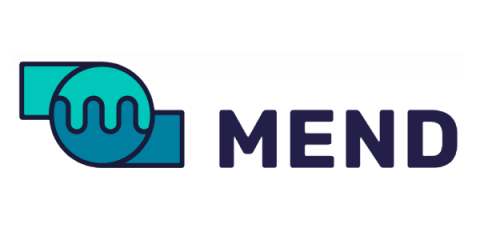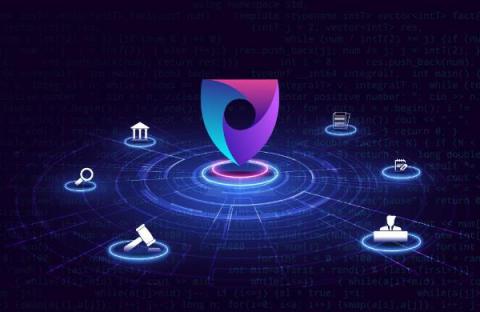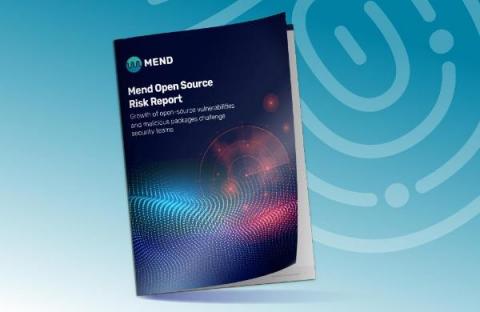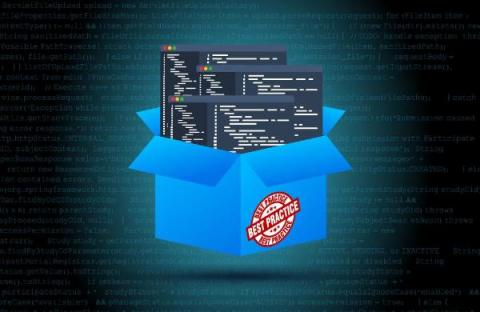The Five Key Principles of Modern Application Security
I recently had the pleasure of joining Marina Novikova, partner solutions architect from AWS in a webinar to discuss the key principles for building modern application security programs. We explored the big issues facing AppSec today, and why many companies are taking a new approach. As the world becomes increasingly application-driven, security can no longer be simply a box-ticking exercise for compliance purposes. It must do much more to ensure that software is delivered safely.











